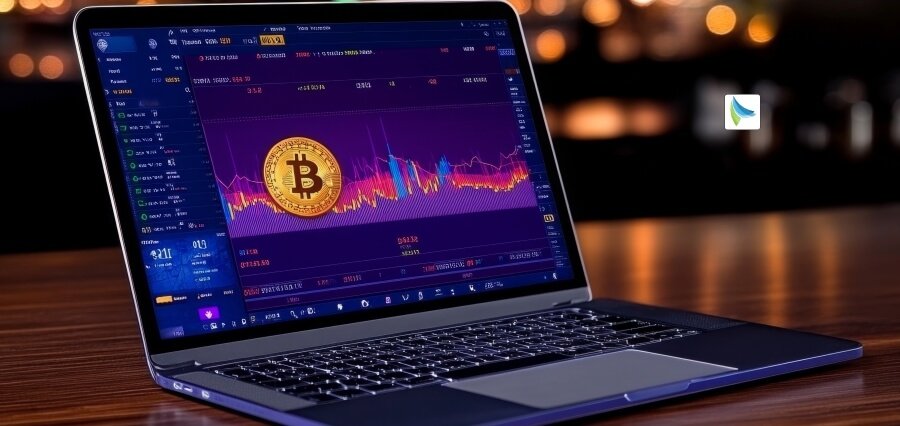In a rapidly evolving world, the way we perceive and use money is undergoing a transformation. The traditional form of money, known as fiat currency, has been the cornerstone of the global economy for centuries. However, with the advent of digital technology and the rise of cryptocurrencies, the future of money is being questioned. Are we heading towards a world dominated by crypto, will fiat retain its supremacy, or is there something entirely different on the horizon?
Cryptocurrencies, led by Bitcoin, have taken the financial world by storm over the last decade. They represent a decentralized form of currency that operates on blockchain technology, offering transparency, security, and the potential for financial inclusion. One of the key attractions of cryptocurrencies is the promise of freedom from the control of central banks and governments. This has led to a growing community of enthusiasts and investors who believe that cryptocurrencies could eventually replace traditional fiat currencies.
A significant area where cryptocurrencies are gaining traction is in the online gambling industry, particularly in the United States. The rise of crypto casinos usa has shown that digital currencies can be seamlessly integrated into existing financial systems. These casinos offer players the ability to gamble using cryptocurrencies like Bitcoin, Ethereum, and others, providing a level of anonymity and security that traditional online casinos struggle to match. With this growing adoption, it is clear that cryptocurrencies are not just a passing trend but a significant player in the future of money.
However, the rise of cryptocurrencies has not been without challenges. One of the biggest hurdles is the lack of regulation and the potential for misuse in illegal activities. Governments around the world are grappling with how to regulate this new form of money without stifling innovation. Additionally, the volatility of cryptocurrencies has raised concerns about their viability as a stable medium of exchange. Unlike fiat currencies, which are backed by governments and central banks, cryptocurrencies are highly susceptible to market fluctuations. This has led some to question whether cryptocurrencies can truly replace traditional money on a global scale.
On the other hand, fiat currency has been the bedrock of the global financial system for centuries. It is widely accepted, stable, and regulated by central banks, which helps maintain its value. The vast majority of transactions around the world are still conducted in fiat currencies, and for many people, it represents a familiar and trusted form of money. However, fiat currencies are not without their own issues. Inflation, government debt, and economic instability can erode the value of fiat money, leading to a loss of purchasing power over time.
In addition to crypto and fiat, there is also the possibility of new forms of money emerging in the future. Central Bank Digital Currencies (CBDCs) are one such development. CBDCs are digital versions of fiat currencies, issued and regulated by central banks. They combine the benefits of digital currencies with the stability and trust of traditional fiat money. Countries like China, Sweden, and the Bahamas are already experimenting with CBDCs, and it is likely that more countries will follow suit in the coming years.
Another potential development is the rise of stablecoins, which are cryptocurrencies pegged to the value of a fiat currency or other assets. Stablecoins aim to combine the benefits of cryptocurrencies, such as speed and security, with the stability of fiat currencies. They could potentially serve as a bridge between the traditional financial system and the emerging world of digital currencies.
As we look to the future, it is clear that the landscape of money is changing. Whether cryptocurrencies will eventually replace fiat currencies, whether CBDCs will become the new standard, or whether something entirely new will emerge remains to be seen. What is certain, however, is that the future of money will be shaped by technology, innovation, and the evolving needs of society.
In conclusion, the debate over the future of money is far from settled. Cryptocurrencies have made significant inroads and are likely to continue growing in importance. Fiat currencies, backed by centuries of trust and stability, are not going away anytime soon. And new developments like CBDCs and stablecoins could offer a glimpse of what the future holds. The future of money may be uncertain, but it is undoubtedly one of the most exciting and important areas of development in the modern world.














